Touring artist Glenn Ligon's studio in Brooklyn with its architect, Ravi Raj
Glenn Ligon's studio, designed by architect Ravi Raj, is an industrial Brooklyn space reimagined for contemporary art
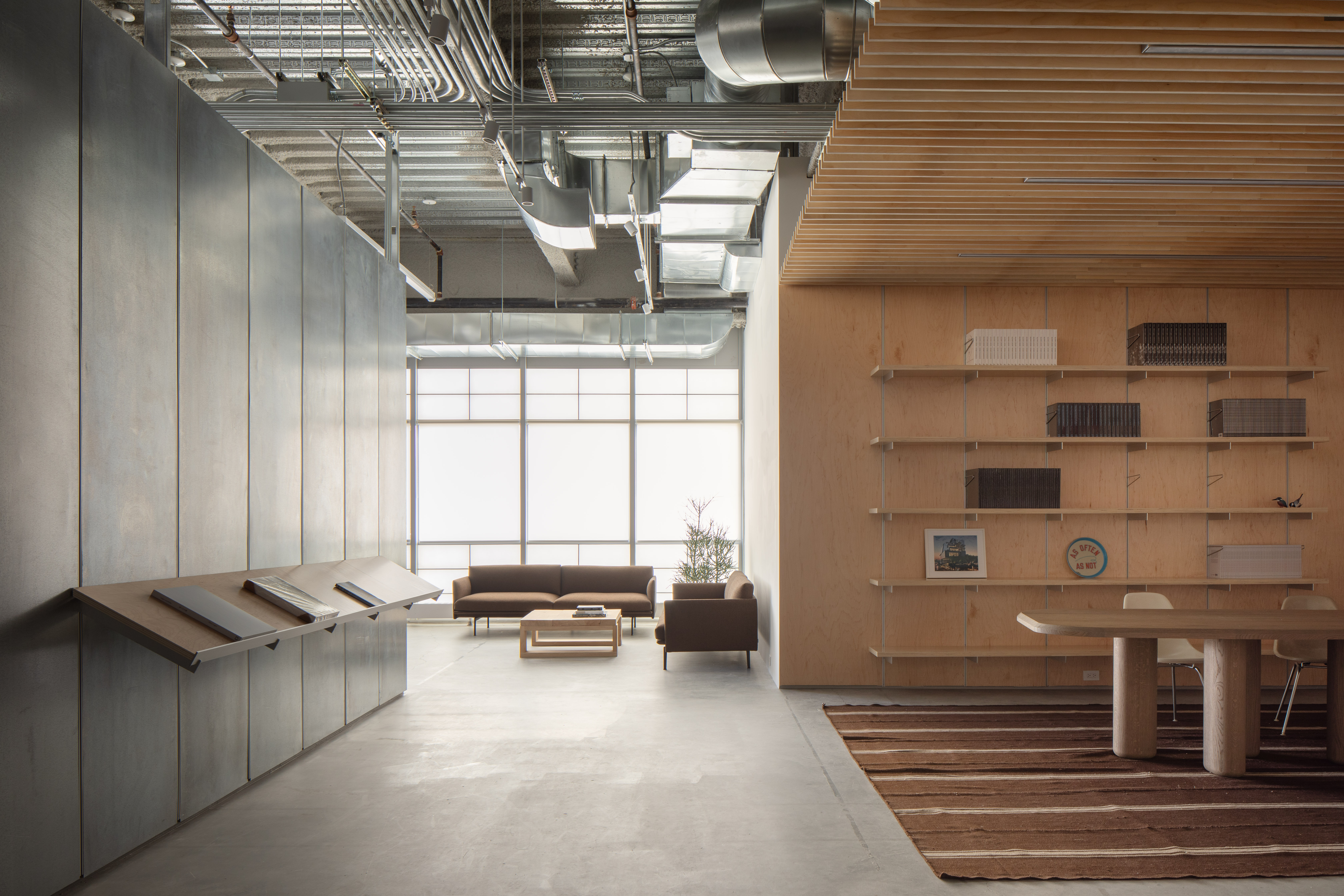
Glenn Ligon's studio is tucked away in one of Brooklyn's inconspicuous industrial hubs. Set within the Navy Yards, the space feels open, spacious and raw - yet quietly refined and unmistakably contemporary. Its architect, Ravi Raj's goal was to craft an interior that would be functional and appropriate for art production: 'robust and flexible.' Yet at the same time, this artist's studio offers moments of rich materiality and high craftsmanship, which are also fully in tune with its owner's creative spirit.
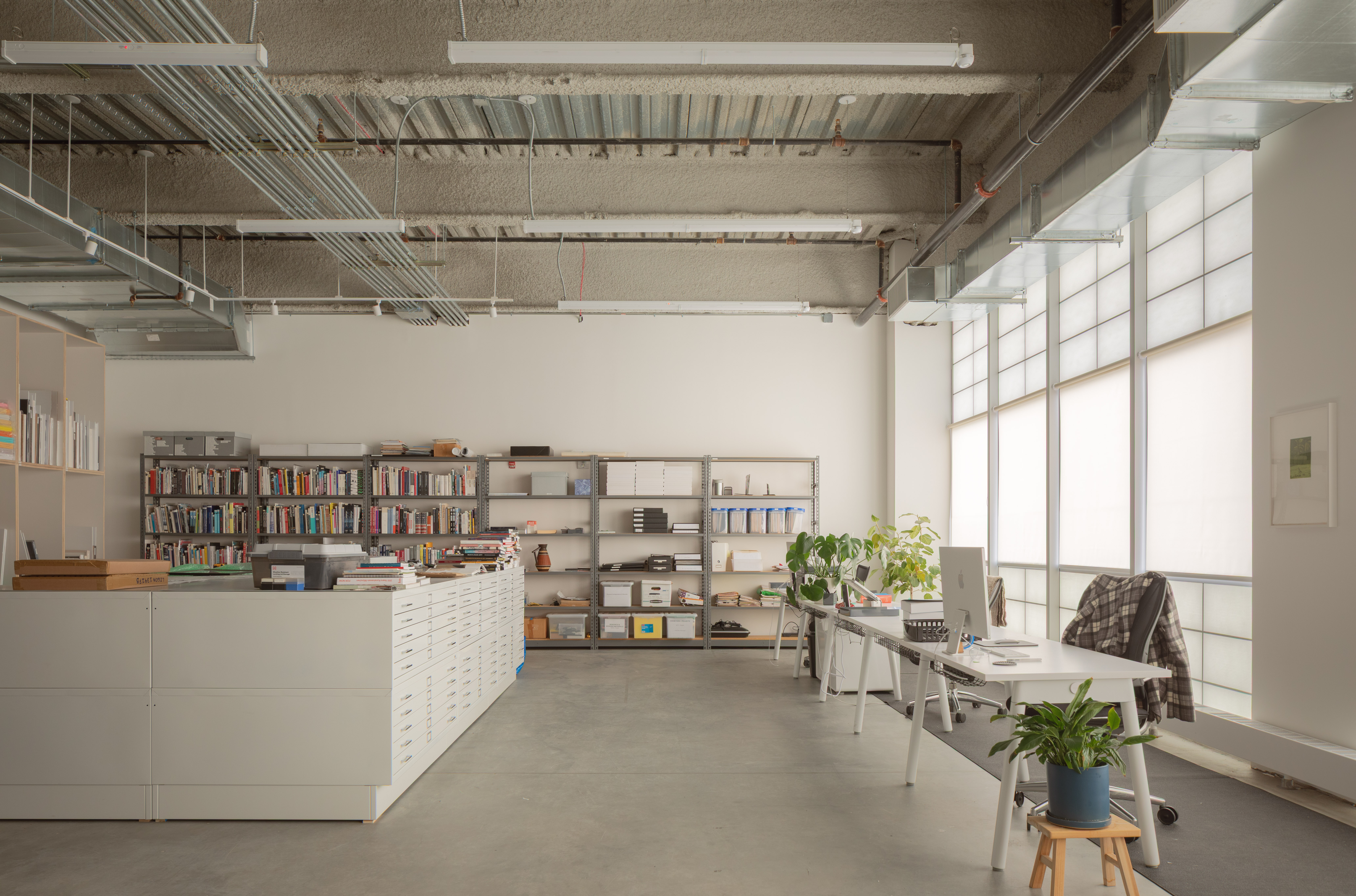
Explore Glenn Ligon's studio with its architect, Ravi Raj
Raj designed the studio interior around a central ‘common room’. Off it, a series of spaces fan out in a pinwheel configuration, covering all stages of making, preparation, storage, documentation, and archiving of Ligon's artwork.
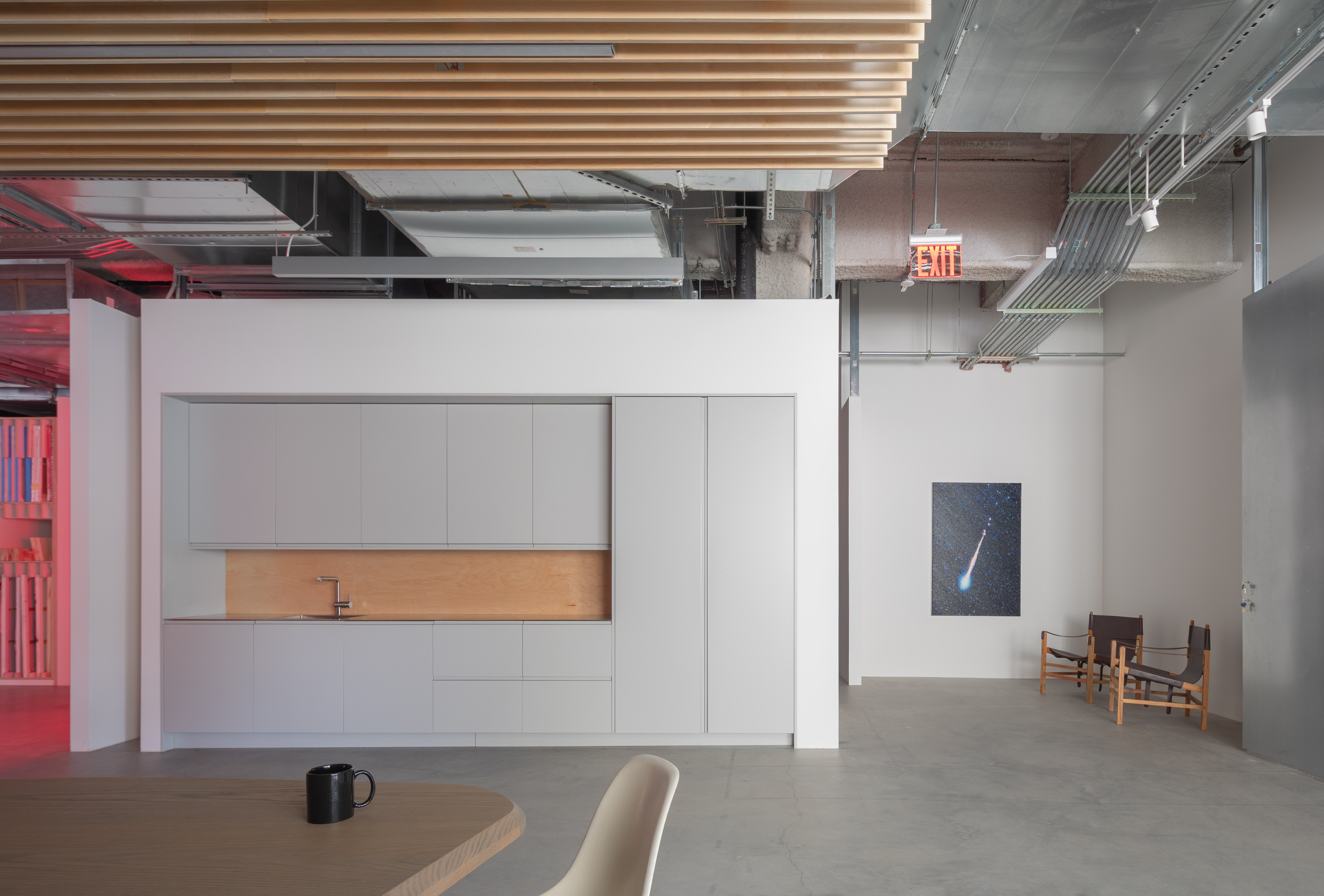
Raj says: 'For this artist's studio, at the site of a completely raw, industrial space, we wanted to orchestrate a specific flow and program that was aligned with Ligon's artistic practice, where the physical space could facilitate the creative process. Pre-existing materials that comprised the space, like concrete and steel, inspired us to lean into utilizing hyper-industrial materials that would complement and enhance the existing palette, reconfiguring the studio's spaces with a kit of its own parts.'
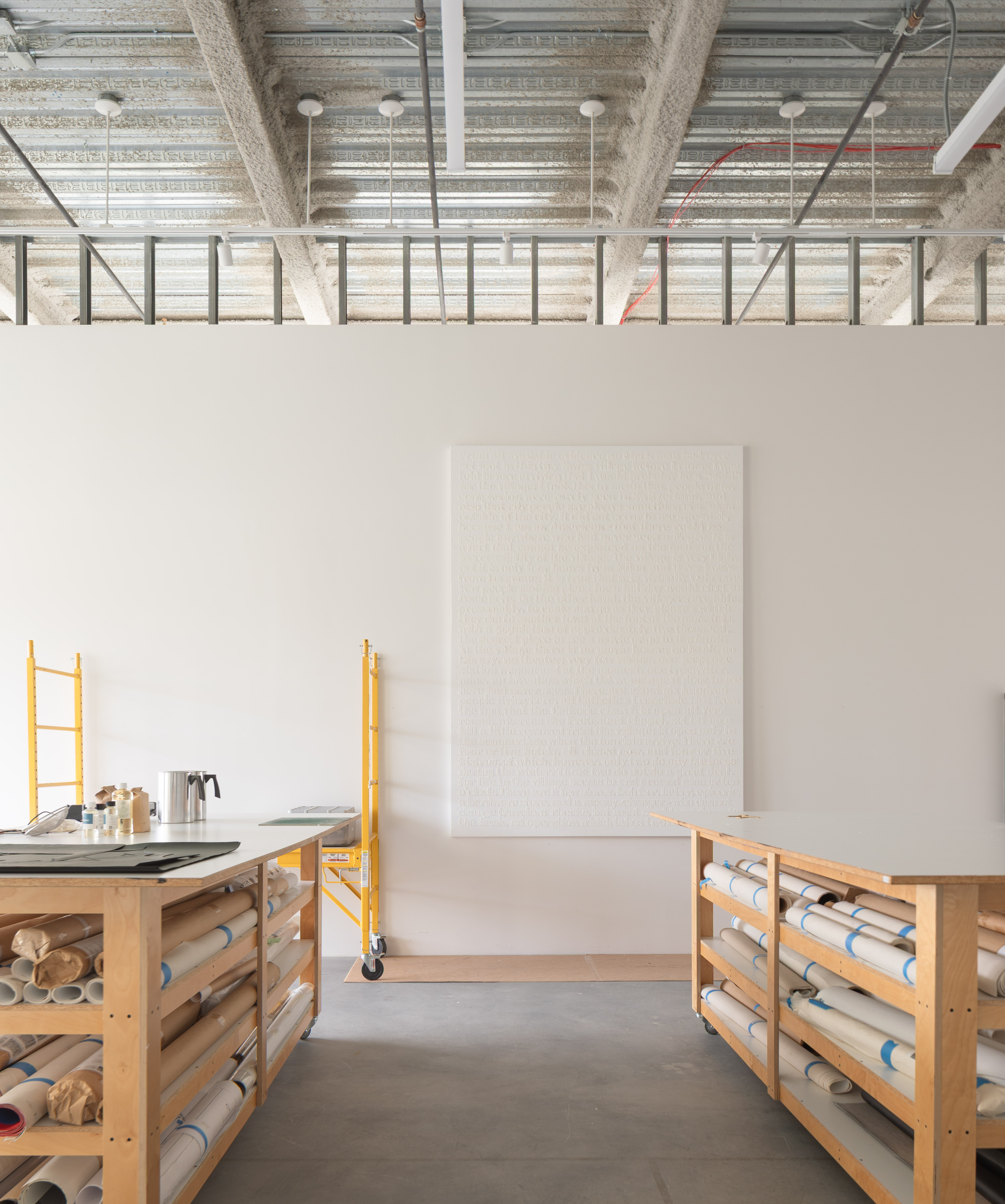
A series of freestanding walls loosely define the different areas, gently enough but pragmatically, while also providing blank wall surface for art display, pin-up boards, library shelving and a studio pantry.

A material palette made up predominantly of galvanized sheet metal panels and prefinished maple plywood echoes the industrial building's existing fabric; the metal hue matches the exposed ductwork, and the wood colouring features in custom rolling tables and storage systems, softening the utilitarian feel of the space.

Material surfaces are at places polished and at others left rough and exposed, adding to the overall interior's creative balance and identity, while establishing a 'visual continuity rooted in craft and industry,' the architect writes.
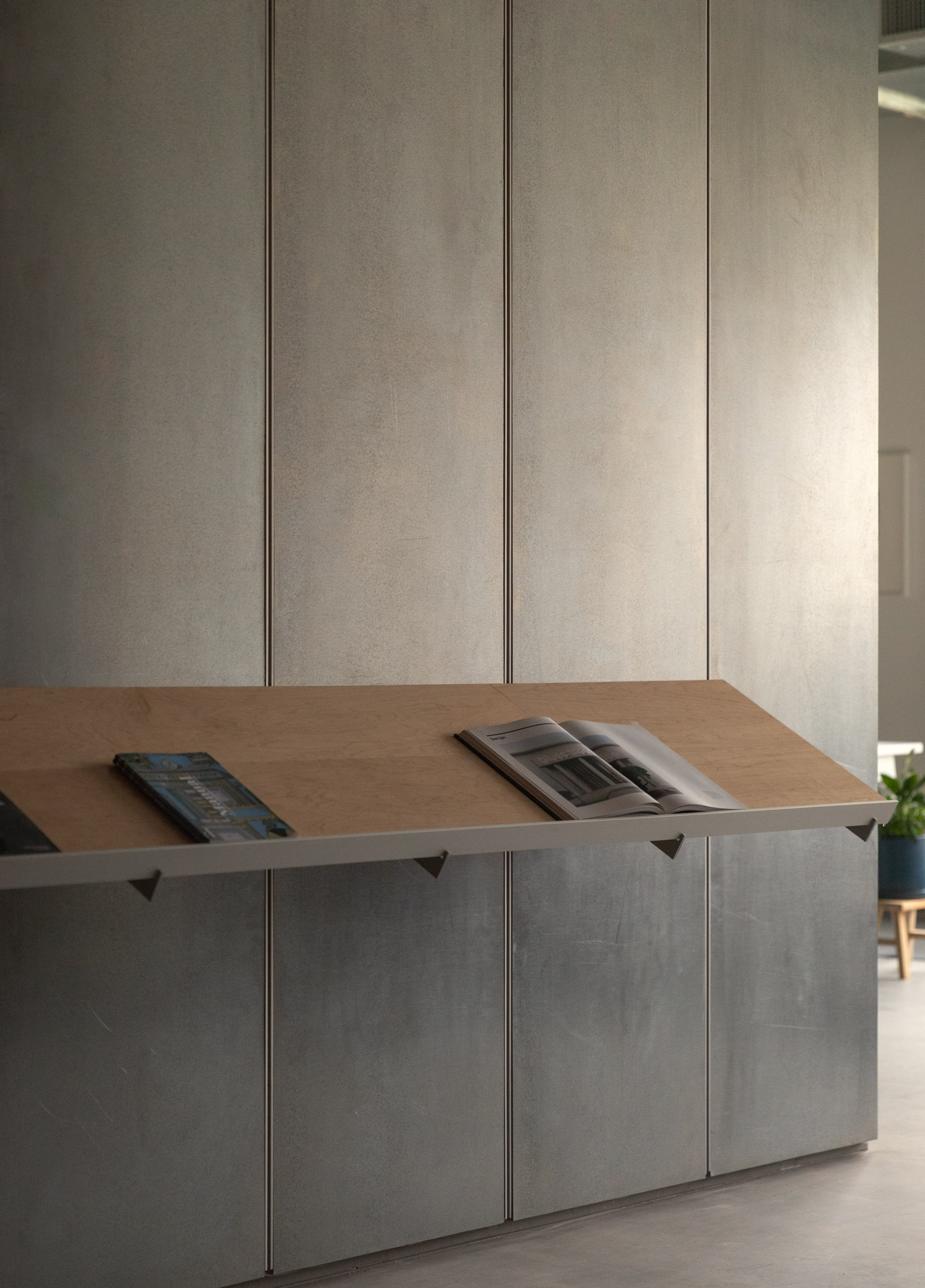
He continues: 'The result is a robust yet flexible workspace that reflects Ligon’s practice — disciplined, materially conscious, and deeply engaged with both process and presentation.'
Receive our daily digest of inspiration, escapism and design stories from around the world direct to your inbox.

Ellie Stathaki is the Architecture & Environment Director at Wallpaper*. She trained as an architect at the Aristotle University of Thessaloniki in Greece and studied architectural history at the Bartlett in London. Now an established journalist, she has been a member of the Wallpaper* team since 2006, visiting buildings across the globe and interviewing leading architects such as Tadao Ando and Rem Koolhaas. Ellie has also taken part in judging panels, moderated events, curated shows and contributed in books, such as The Contemporary House (Thames & Hudson, 2018), Glenn Sestig Architecture Diary (2020) and House London (2022).
-
 Curvilinear futurism meets subtropical beaches at Not A Hotel’s ZHA-designed Okinawa retreat
Curvilinear futurism meets subtropical beaches at Not A Hotel’s ZHA-designed Okinawa retreatZaha Hadid Architects has revealed the design for the first property in Not A Hotel’s futuristic new Vertex collection, coming soon to southern Japan
-
 Gorden Wagener leaves the helm of Mercedes-Benz design after 28 years with the company
Gorden Wagener leaves the helm of Mercedes-Benz design after 28 years with the companyThe German designer is stepping down from the role of chief design officer at Mercedes-Benz. We look back at his influence and impact on the world of automotive and luxury design
-
 These Christmas cards sent by 20th-century architects tell their own stories
These Christmas cards sent by 20th-century architects tell their own storiesHandcrafted holiday greetings reveal the personal side of architecture and design legends such as Charles and Ray Eames, Frank Lloyd Wright and Ludwig Mies van der Rohe
-
 Step inside this resilient, river-facing cabin for a life with ‘less stuff’
Step inside this resilient, river-facing cabin for a life with ‘less stuff’A tough little cabin designed by architects Wittman Estes, with a big view of the Pacific Northwest's Wenatchee River, is the perfect cosy retreat
-
 Remembering Robert A.M. Stern, an architect who discovered possibility in the past
Remembering Robert A.M. Stern, an architect who discovered possibility in the pastIt's easy to dismiss the late architect as a traditionalist. But Stern was, in fact, a design rebel whose buildings were as distinctly grand and buttoned-up as his chalk-striped suits
-
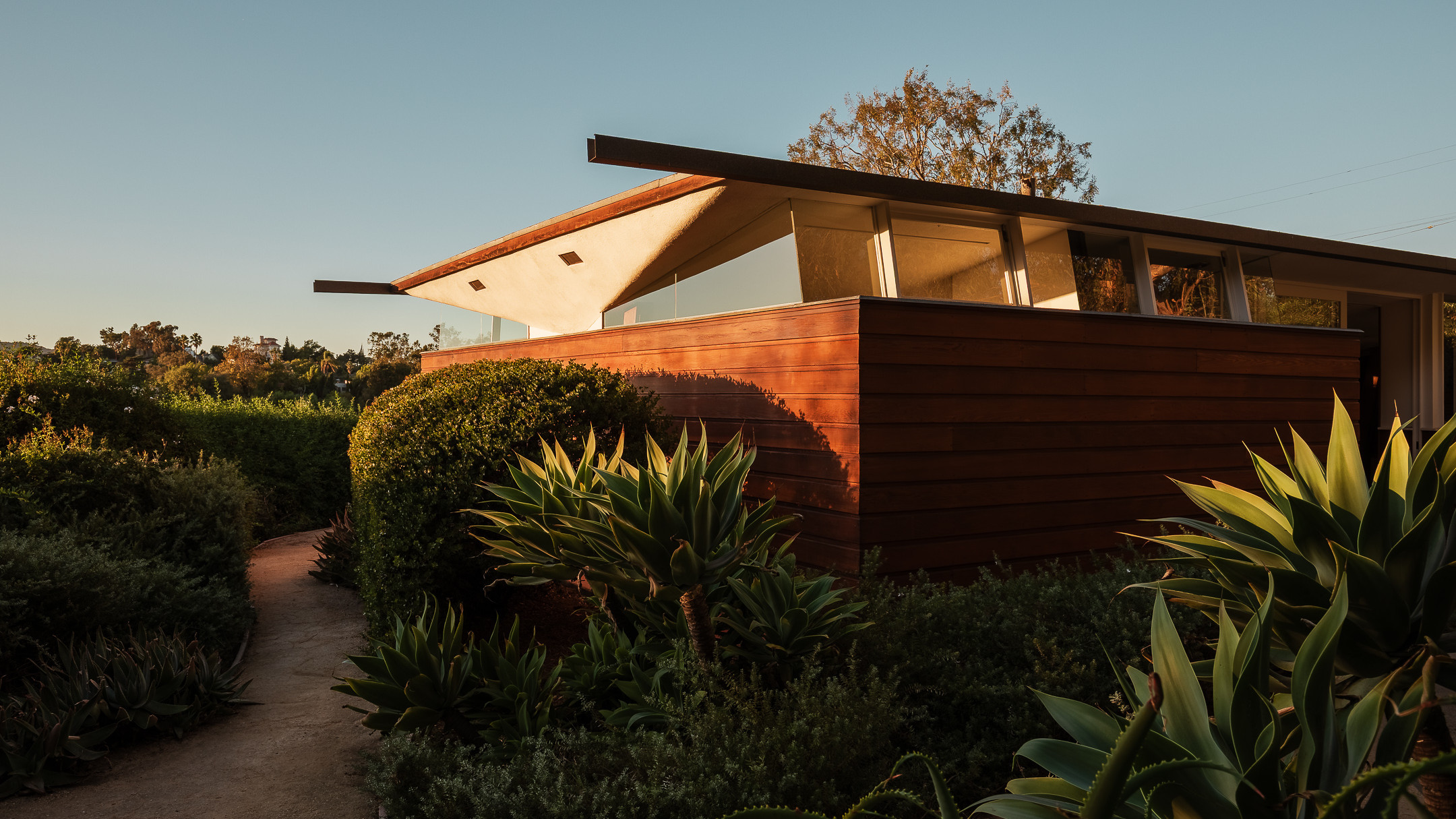 Own an early John Lautner, perched in LA’s Echo Park hills
Own an early John Lautner, perched in LA’s Echo Park hillsThe restored and updated Jules Salkin Residence by John Lautner is a unique piece of Californian design heritage, an early private house by the Frank Lloyd Wright acolyte that points to his future iconic status
-
 The Architecture Edit: Wallpaper’s houses of the month
The Architecture Edit: Wallpaper’s houses of the monthFrom wineries-turned-music studios to fire-resistant holiday homes, these are the properties that have most impressed the Wallpaper* editors this month
-
 The Stahl House – an icon of mid-century modernism – is for sale in Los Angeles
The Stahl House – an icon of mid-century modernism – is for sale in Los AngelesAfter 65 years in the hands of the same family, the home, also known as Case Study House #22, has been listed for $25 million
-
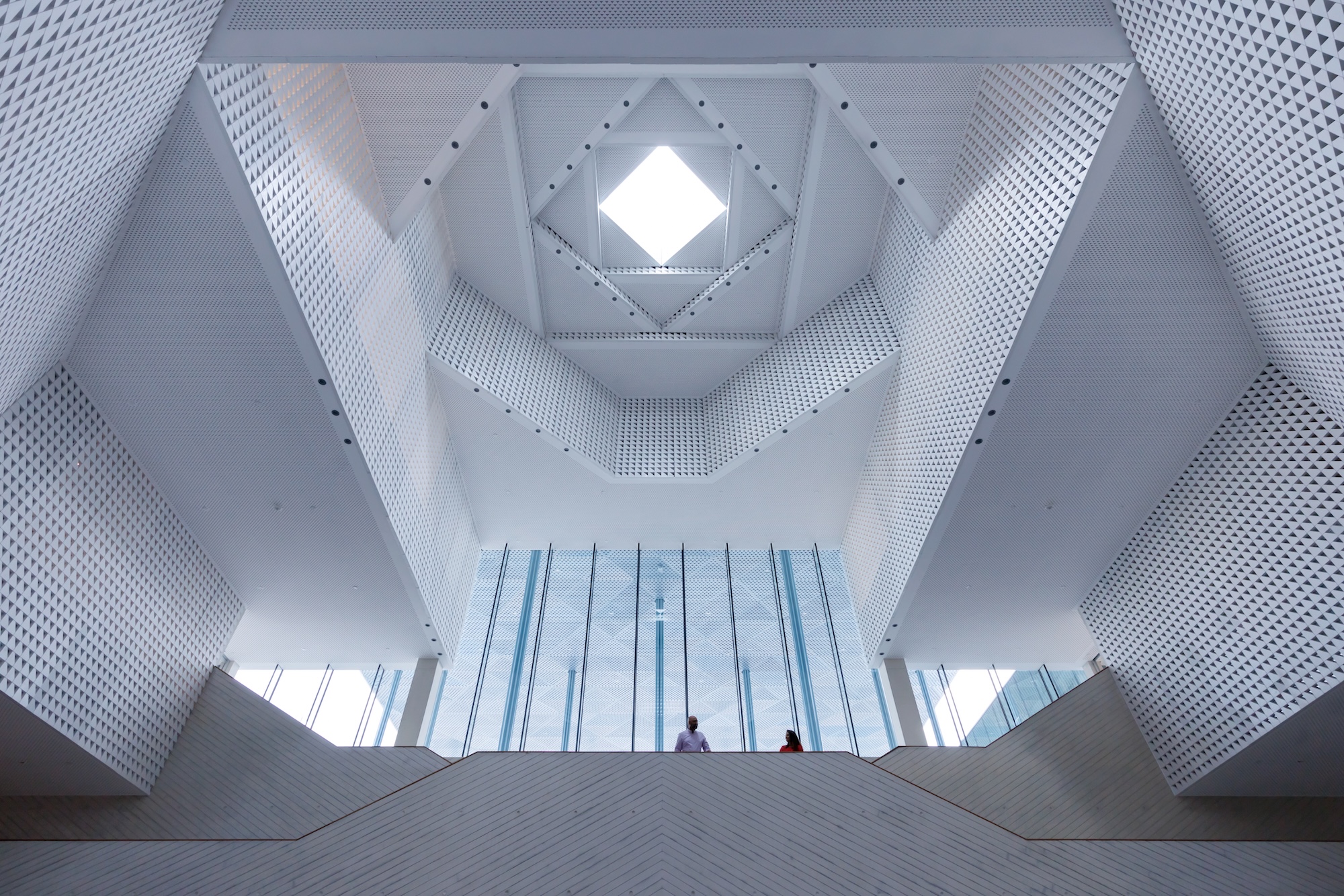 Houston's Ismaili Centre is the most dazzling new building in America. Here's a look inside
Houston's Ismaili Centre is the most dazzling new building in America. Here's a look insideLondon-based architect Farshid Moussavi designed a new building open to all – and in the process, has created a gleaming new monument
-
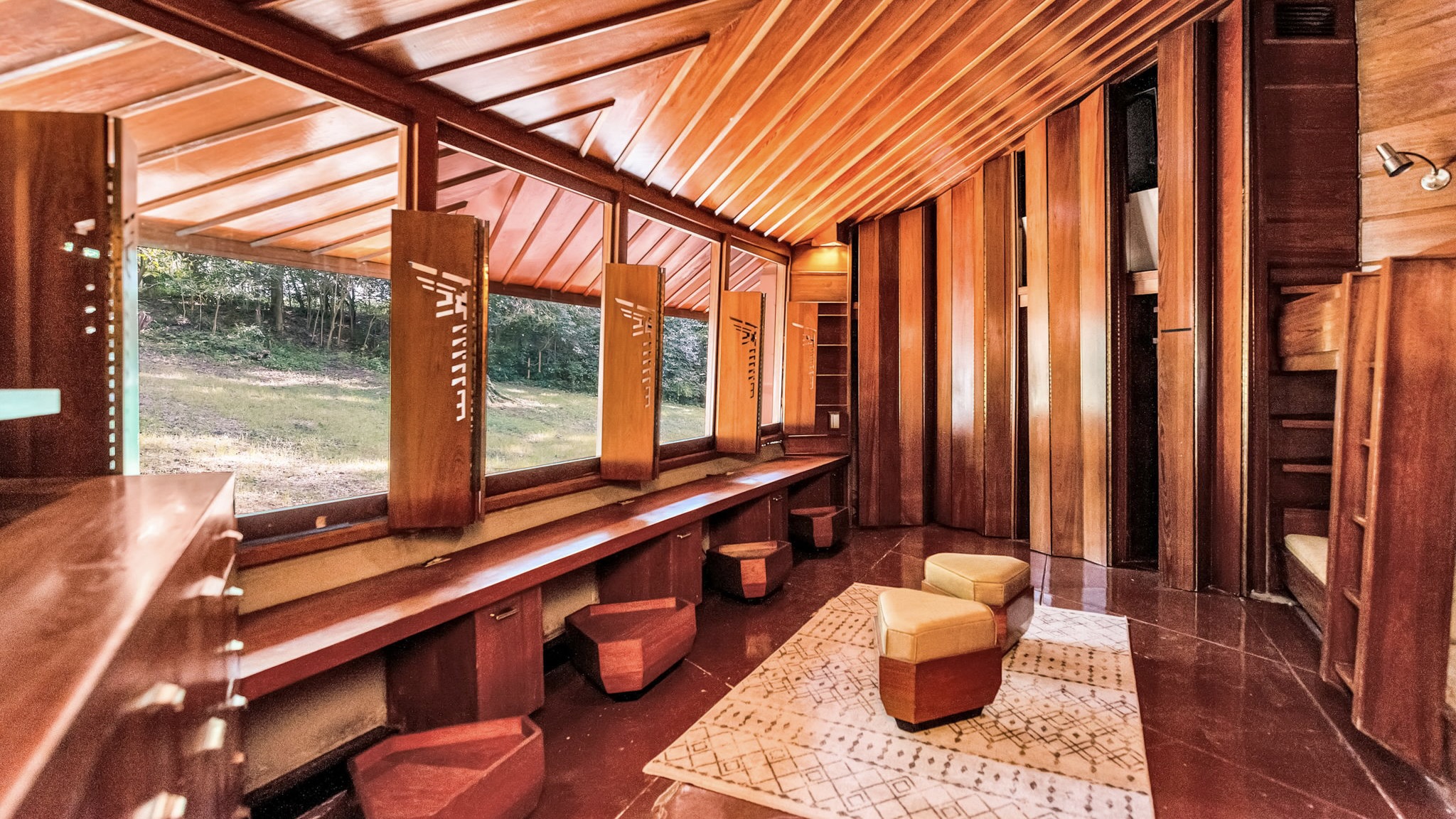 Frank Lloyd Wright’s Fountainhead will be opened to the public for the first time
Frank Lloyd Wright’s Fountainhead will be opened to the public for the first timeThe home, a defining example of the architect’s vision for American design, has been acquired by the Mississippi Museum of Art, which will open it to the public, giving visitors the chance to experience Frank Lloyd Wright’s genius firsthand
-
 Clad in terracotta, these new Williamsburg homes blend loft living and an organic feel
Clad in terracotta, these new Williamsburg homes blend loft living and an organic feelThe Williamsburg homes inside 103 Grand Street, designed by Brooklyn-based architects Of Possible, bring together elegant interiors and dramatic outdoor space in a slick, stacked volume